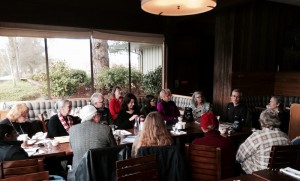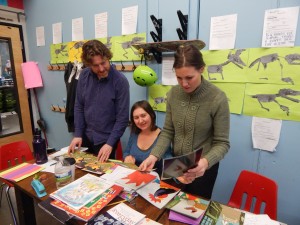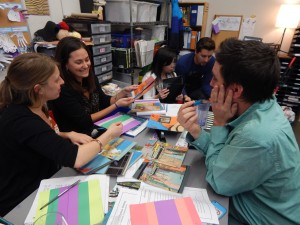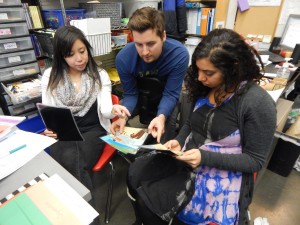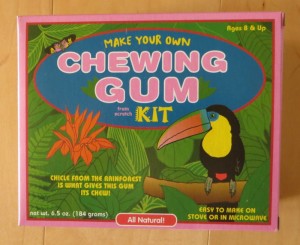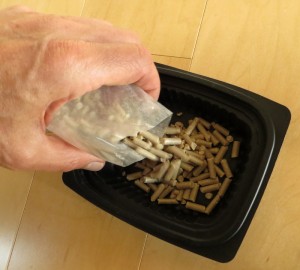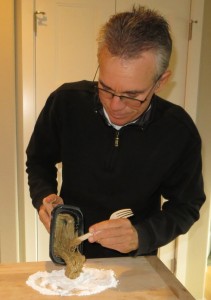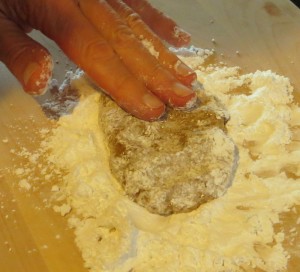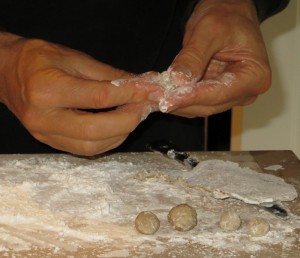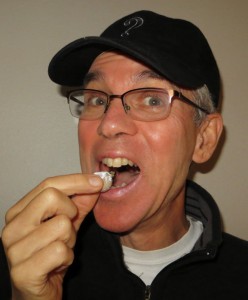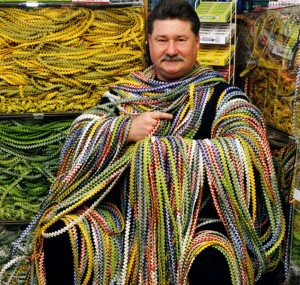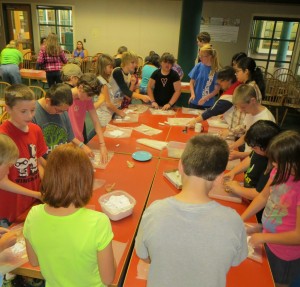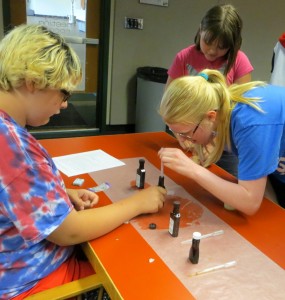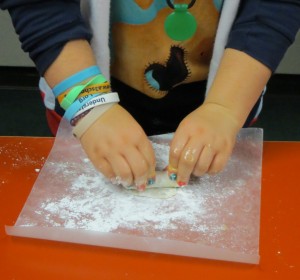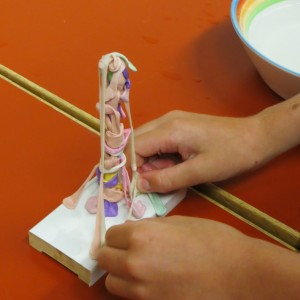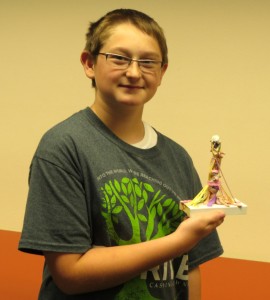Three Questions is a periodic feature of this blog. The focus is on three questions asked of everyday people involved in curious pursuits.
The subject of this Three Questions post is Bryan Reed of Eugene, Oregon. Bryan is a multi-talented guy, both in education as well as music. He is a creative and enthusiastic English Language Learner teacher at Riverbend Elementary School in the Springfield (OR) School District. After hours, Bryan plies his musical talents with his band, The Killer B’s, at a variety of local venues.
Fortunately for his students, Bryan integrates music into his classroom to help make learning engaging. For teachers, he presents practical workshops and develops useful materials. Check out these links:
https://www.youtube.com/channel/UCEqo9mfkn_QUY8-Jdn74Mdg
http://learningrocks.bandcamp.com/track/the-six-traits-of-writing-rap
1. What role does music play in your life (outside of education)?
From an early age, I’ve been enchanted by music so much that I couldn’t just listen, I’ve had to be a part of it. My parents would ask the three-year-old me to sing for family and friends when we got together, which I happily did. Not long after, I got into harmonicas, as a teenager, guitar, as a young man, electronic music and recording equipment. Most recently, I’ve taken up the fiddle, in part to join my daughter in her studies, but more so because I love old time music and bluegrass, and when I go out to jam with other musicians, which I do at least once a week, it’s good to have an instrument other the ubiquitous guitar. Though I regularly perform with my band, The Killer B’s, I prefer jamming because to skillfully jump into new songs requires great spontaneity, deference and responsiveness. I love to play in that!
2. How does music enhance learning?
Finish this sentence, “Humpty Dumpty sat on…” Why should that meaningless bit of fluff be in our heads? It’s because someone put it into a rhyme with a singsong pattern. Marketers exploit music as a means of transmitting their messages, and such is the power of this media that we cannot stop their slogans and theme songs from resounding in our heads. Educators who use music for the purpose of teaching academic content are no doubt weaving that content into their students’ memory. I put this song together for a workshop I often present to fellow educators called, Learning Rocks! Using Music to Teach Academic Content:
Kids Respond to Rhythm and Rhyme
To the tune of When Johnny Comes Marching Home Again
Kids respond to rhythm and rhyme. Hurrah! Hurrah!
Kids respond to rhythm and rhyme. Hurrah! Hurrah!
Just plug your content into a verse
And kids’ll beg for a chance to rehearse
And we’ll all go marching to success in the content we teach
3. What advice would you give non-musical teachers on how to add music to their classrooms?
A teacher’s lack of musical aptitude does not diminish the power of music to reach and teach their students. Chanting or rapping a verse without melody still has the magic! Teachers who think their students are too old for this approach should think again; some of the goofiest songs I’ve learned are from wildly enthusiastic teenagers at sleep away camp. Confidently bring the beat and your students will join you. Teachers who are not comfortable with music should, nonetheless, use it, just as teachers who are uncomfortable with technology should learn to use computers, and I, who am uncomfortable with spelling, must continue to just do my best.
Another piece from Learning Rocks:
Five great reasons to use music specifically to teach and learn academic content:
- Music is fun and contributes to an atmosphere of low anxiety, which is crucial for academic learning.
- Music, particularly when integrated with movement, activates a variety of intelligences and accesses the learning styles of many children.
- Music, even just chanting in rhythm, imprints lyrics into memory.
- Music engages and integrates both sides of the brain.
- Repeated readings of poetry or lyrics build reading fluency as well as comprehension.
Five great ways to use music to teach and learn academics:
- Highlight key vocabulary, sometimes letting the students seek and identify key words. Ask, “Which words sound interesting or important?”
- Sketch or add photographs by lyrics to edify meaning.
- Use and make up motions, or use sign language to go along with the words.
- In classrooms, using an overhead projector or document camera to see and work with a song is okay. Students can also have their own photocopied lyrics pages. On chart paper though, songs can stay up and the text and graphics can be a resource for students.
- With beginning readers, focus on sound symbol correspondence in addition to word meaning.

